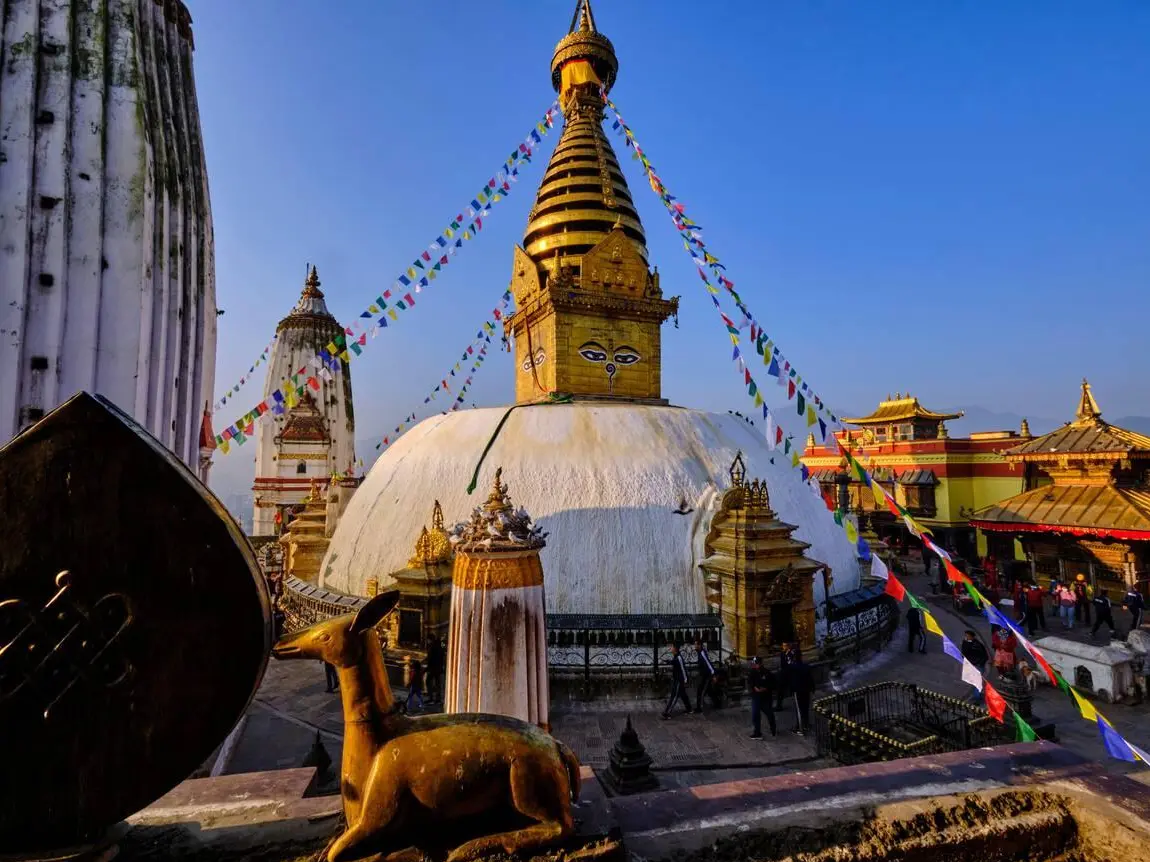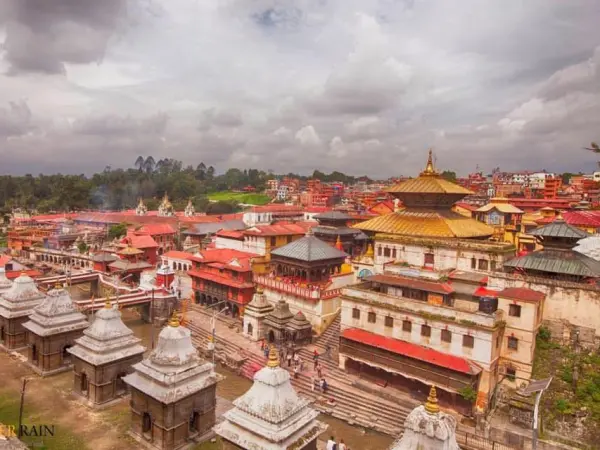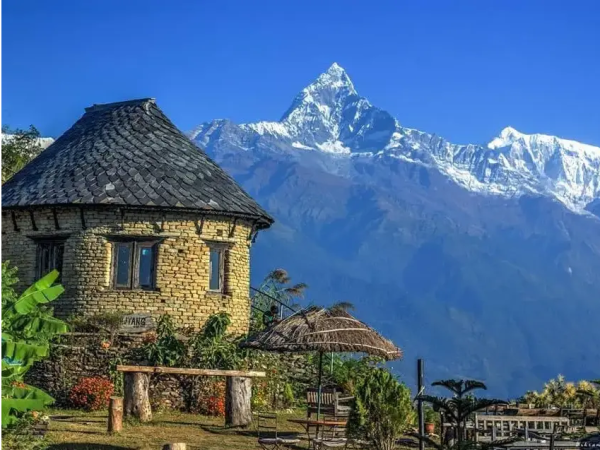
Kathmandu Valley, nestled in the heart of Nepal, is one of the world’s most remarkable cultural landscapes, renowned for its exquisite blend of ancient architecture, vibrant traditions, and spiritual significance. Recognized as a UNESCO World Heritage Site, the valley is home to seven distinct monuments and areas, each reflecting the artistic, religious, and historical richness of the region. These sites collectively embody the extraordinary heritage of Nepal, showcasing centuries of cultural development shaped by Hinduism and Buddhism alike.
For travelers and history enthusiasts alike, Kathmandu Valley offers an immersive experience into the lives of its past inhabitants and the thriving cultures that continue to flourish today. Odea Services proudly invites explorers to delve into this UNESCO treasure trove with expertly guided tours, offering unparalleled insight into each site’s unique story and the valley’s enduring legacy.
Kathmandu Valley stands as a vibrant mosaic of history and culture, serving as the epicenter of Nepal’s art, religion, and architecture for over two millennia. The valley’s seven World Heritage Sites are not only architectural marvels but also living cultural hubs where festivals, rituals, and traditional craftsmanship remain deeply ingrained in daily life. This unique fusion of the past and present creates an enchanting atmosphere that attracts visitors worldwide, eager to witness the grandeur of temples, palaces, and stupas that have stood the test of time.
Exploring Kathmandu Valley means more than just sightseeing; it is about stepping into a living museum where every stone, statue, and courtyard tells a story. From the intricately carved wooden windows of Bhaktapur to the sacred stupas of Swayambhunath and Boudhanath, each site offers a window into the spiritual and artistic achievements of Nepalese civilization. With Odea Services, travelers can experience this cultural tapestry with ease, benefiting from knowledgeable guides who reveal the valley’s hidden gems and the vibrant local traditions that animate these timeless landmarks.
The history of Kathmandu Valley is a rich narrative woven through centuries of dynastic rule, religious devotion, and artistic flourishing. Once a flourishing center for Newar civilization, the valley has witnessed the rise and fall of kings, the fusion of Hindu and Buddhist traditions, and the creation of some of the most exquisite architecture in South Asia. The seven World Heritage Sites, designated by UNESCO in 1979, represent a testament to this complex historical tapestry, reflecting Kathmandu Valley’s crucial role as a cultural crossroads.
UNESCO’s recognition came as a response to the valley’s outstanding universal value, not only because of its remarkable monuments but also due to the living cultural traditions that persist in the area. The protection and promotion of these sites aim to safeguard the valley’s unique blend of religious, architectural, and artistic heritage from the pressures of modernization and urban expansion. Through dedicated efforts, supported by companies like Odea Services, visitors can continue to explore and appreciate Kathmandu Valley’s history in a way that respects and preserves its irreplaceable legacy.
Kathmandu Valley’s UNESCO World Heritage designation encompasses seven distinct sites, each with its own unique character and historical significance. These sites collectively highlight the valley’s rich tapestry of religious, cultural, and architectural heritage, drawing visitors from around the globe. The seven sites are:
Each of these sites embodies a chapter in the valley’s grand story, reflecting a harmonious blend of religious traditions and artistic expressions. With Odea Services, travelers gain access to detailed explorations of these iconic landmarks, ensuring an enriching journey through Nepal’s living heritage.
The three Durbar Squares of Kathmandu Valley—Kathmandu, Patan, and Bhaktapur—are the pulsating heart of the region’s ancient royal heritage. These grand plazas served as the political and cultural centers of their respective city-states, showcasing an extraordinary collection of palaces, temples, and courtyards adorned with intricate wood, stone, and metalwork. Together, they offer a vivid glimpse into the grandeur of the Malla period, a golden age of art and architecture that shaped much of the valley’s identity.
Kathmandu Durbar Square stands as a bustling hub where history and daily life intersect. Visitors can admire the Hanuman Dhoka Palace complex, ancient temples dedicated to deities like Taleju and Kumari, and a lively market scene that fills the square with color and energy. Nearby, Patan Durbar Square impresses with its harmonious blend of Hindu and Buddhist influences, featuring the stunning Krishna Mandir and the beautifully detailed Hiranya Varna Mahavihar monastery. In contrast, Bhaktapur Durbar Square transports visitors back in time with its remarkably preserved medieval layout, the iconic 55-window palace, and the serene Nyatapola Temple. Each square pulses with cultural vibrancy, where festivals, traditional crafts, and community life continue to thrive.
Exploring these three Durbar Squares with Odea Services ensures a comprehensive understanding of their historical context and artistic significance, enhanced by expert local guides who reveal the stories behind every carved pillar and temple roof. Whether it’s the royal legacy or the living traditions, these squares remain at the heart of Kathmandu Valley’s enduring allure.
The sacred stupas of Swayambhunath and Boudhanath stand as towering symbols of Buddhist heritage in Kathmandu Valley, offering profound spiritual experiences alongside breathtaking architectural beauty. Swayambhunath, often called the Monkey Temple due to the lively monkeys that inhabit the hilltop complex, is one of the oldest and most revered religious sites in Nepal. Perched atop a hill, the stupa’s white dome and golden spire crowned with Buddha’s eyes oversee the valley below, embodying centuries of Buddhist devotion. Pilgrims and tourists alike circumambulate its base, spinning prayer wheels and immersing themselves in rituals that have been practiced for generations.
Not far from Kathmandu’s city center lies Boudhanath Stupa, one of the largest spherical stupas in the world and a UNESCO World Heritage site that serves as a hub of Tibetan Buddhism outside Tibet. The massive mandala-shaped stupa, with its iconic all-seeing eyes, is encircled by monasteries, shops, and cafes that create a lively spiritual and cultural atmosphere. Pilgrims dressed in traditional robes gather here for prayer, chanting, and meditation, making Boudhanath not just a monument but a living sanctuary. Through Odea Services, visitors can explore the deep symbolism of these stupas, learning about their architectural elements, ritual significance, and the role they play in the spiritual lives of local communities.
Kathmandu Valley’s religious landscape is enriched by sacred temples and monasteries that continue to thrive as centers of worship, cultural expression, and community life. Among these, Pashupatinath Temple and Changunarayan Temple stand out as prime examples of Nepal’s enduring spiritual traditions and architectural splendor. Pashupatinath, located along the banks of the holy Bagmati River, is one of the most important Hindu temples dedicated to Lord Shiva. It is a place of pilgrimage for millions, especially during the Maha Shivaratri festival, where the temple complex comes alive with vibrant rituals, music, and celebrations. The temple’s pagoda-style architecture, adorned with exquisite wood carvings and sacred sculptures, reflects centuries of religious artistry.
On the other hand, Changunarayan Temple, perched on a hilltop northeast of the valley, holds the distinction of being the oldest Hindu temple in Nepal. Built in the 4th century, it is renowned for its intricate stone and wood carvings depicting various Hindu deities and mythological scenes. The temple is not only an architectural marvel but also a focal point for local worship and annual festivals that preserve age-old customs. Both sites represent the living traditions of Kathmandu Valley’s spiritual heritage, where faith and artistry blend seamlessly. With Odea Services, visitors are guided through these sacred spaces with deep insights into their historical importance, religious practices, and cultural nuances, ensuring a meaningful and respectful exploration.
Planning a tour of Kathmandu Valley’s seven World Heritage Sites can be an enriching yet complex experience without the right guidance. The best times to visit are during the spring (March to May) and autumn (September to November) seasons, when the weather is mild, skies are clear, and festivals enliven the valley. These periods offer optimal conditions for exploring the outdoor sites, capturing vibrant photographs, and immersing in local culture without the disruption of monsoon rains or winter chill.
A well-structured itinerary can help you make the most of your visit. Starting with the three Durbar Squares—Kathmandu, Patan, and Bhaktapur—gives an immersive introduction to the royal and artistic heart of the valley. The next day, exploring the sacred stupas of Swayambhunath and Boudhanath offers a deep dive into Buddhist spirituality. Lastly, visiting Pashupatinath and Changunarayan Temples provides insight into the valley’s Hindu traditions. Traveling with Odea Services means your itinerary is thoughtfully crafted to balance sightseeing with cultural experiences, including local cuisine, festivals, and artisan visits. Our expert guides handle logistics, ensuring smooth transitions and maximizing your time to appreciate each site’s unique story.
Kathmandu Valley’s rich heritage faces ongoing challenges amid urbanization, natural disasters, and the increasing influx of tourists. Conservation efforts are vital to maintaining the integrity of these ancient monuments and the living cultural traditions they represent. Organizations including UNESCO, local government bodies, and community groups work tirelessly to restore damaged structures, implement sustainable tourism practices, and educate both locals and visitors on the importance of heritage preservation.
However, the impact of tourism—while economically beneficial—can strain fragile sites if not managed carefully. Issues such as overcrowding, pollution, and unauthorized renovations threaten the authenticity of the valley’s landmarks. This is where responsible tourism guided by experts like Odea Services makes a significant difference. By promoting respectful visitor behavior, supporting local artisans and communities, and collaborating with conservation initiatives, we help ensure that Kathmandu Valley’s treasures are safeguarded for future generations. Your journey here is not only a cultural experience but also a chance to contribute positively to the preservation of a living heritage.
Exploring the seven World Heritage Sites of Kathmandu Valley is more than a sightseeing tour—it is a transformative journey through time, culture, and spirituality. From the regal splendor of the Durbar Squares to the serene majesty of the stupas, and from the sacred temples to vibrant community life, each site offers a unique window into Nepal’s soul. The valley’s timeless spirit invites travelers to connect with a rich heritage that continues to inspire and captivate.
With Odea Services as your trusted guide, your adventure in Kathmandu Valley becomes seamless, insightful, and deeply rewarding. We invite you to experience these wonders firsthand, to walk ancient courtyards, join local celebrations, and witness a cultural legacy that resonates through centuries. Whether you are a history enthusiast, a spiritual seeker, or simply a curious traveler, Kathmandu Valley promises memories that linger long after the journey ends. Begin your heritage exploration with us and discover the heart of Nepal like never before.


Nepal has always been a safe space for women travelers. The rich cultural heritage, heart-warming hospitality, friendly locals, abundant nature, wilde...

